Summary
The Roman Forum, or Forum Romanum in Latin, is a rectangular plaza in the heart of Rome, Italy. It’s surrounded by the ruins of several important ancient government buildings. Once the center of Roman public life, it hosted public speeches, criminal trials, gladiatorial matches, and commercial affairs. Today, it stands as a testament to the grandeur of the Roman Empire, attracting millions of visitors each year.
Get your dose of History via Email
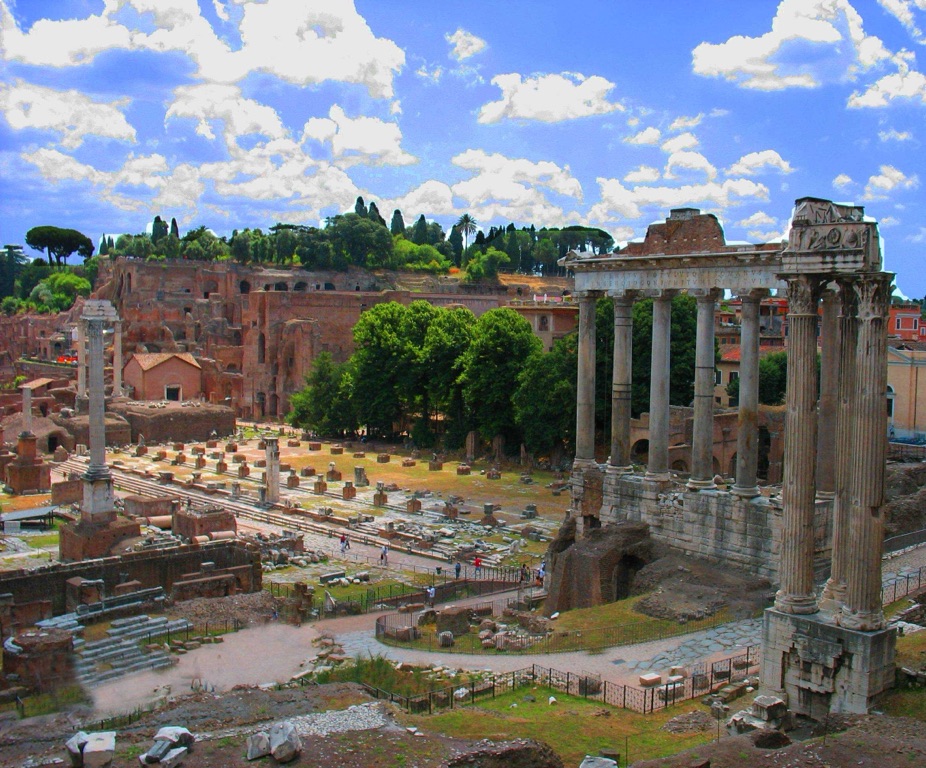
Historical Background of the Roman Forum
The Roman Forum was the nucleus of Roman life, both politically and socially. Its origins date back to the 7th century BC when it was used as a marketplace. Over time, it evolved into the social, political, and commercial hub of the Roman Empire.
Many of Rome’s most important structures were located in the Forum, including the Senate House, the Rostra (the speaker’s platform), and various temples. The Forum was also the site of triumphal processions, elections, public speeches, and criminal trials.
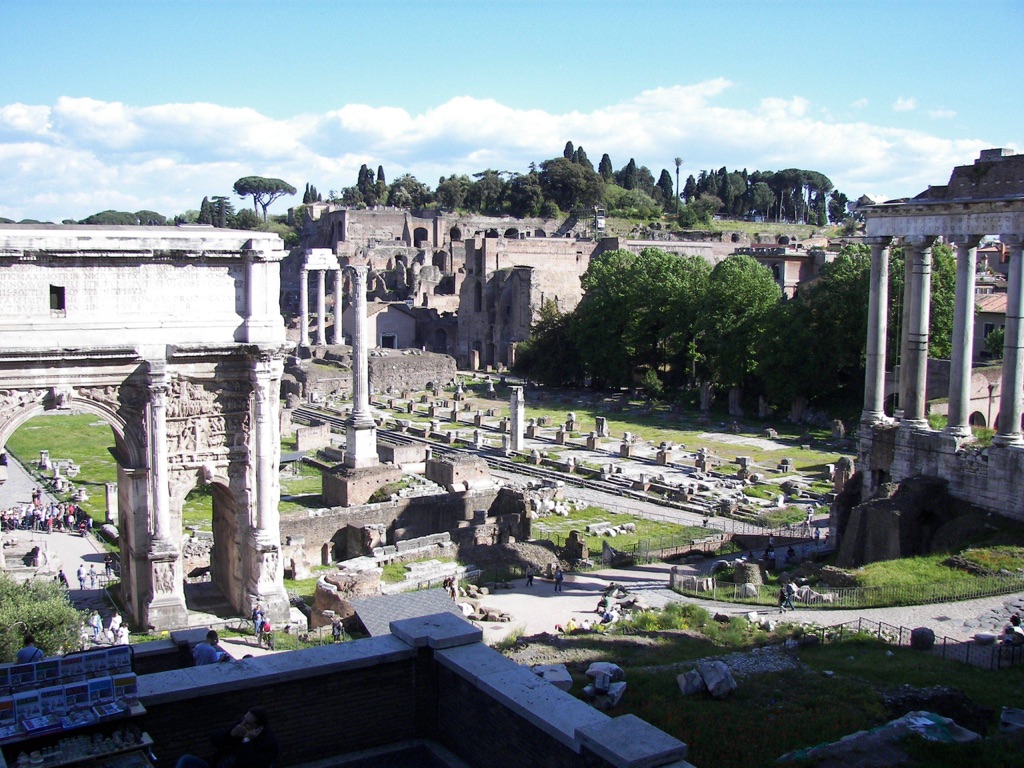
However, the Forum’s significance waned with the fall of the Western Roman Empire. Over the centuries, it fell into disrepair, and its monuments were pillaged for their stone and marble. It wasn’t until the 18th and 19th centuries that systematic excavations brought the Forum back to light.
Today, the Roman Forum is one of Italy’s most visited sites, offering a glimpse into the ancient world. It stands as a testament to Rome’s historical importance and architectural grandeur.
Walking through the Forum is like stepping back in time, providing a tangible link to Rome’s illustrious past.
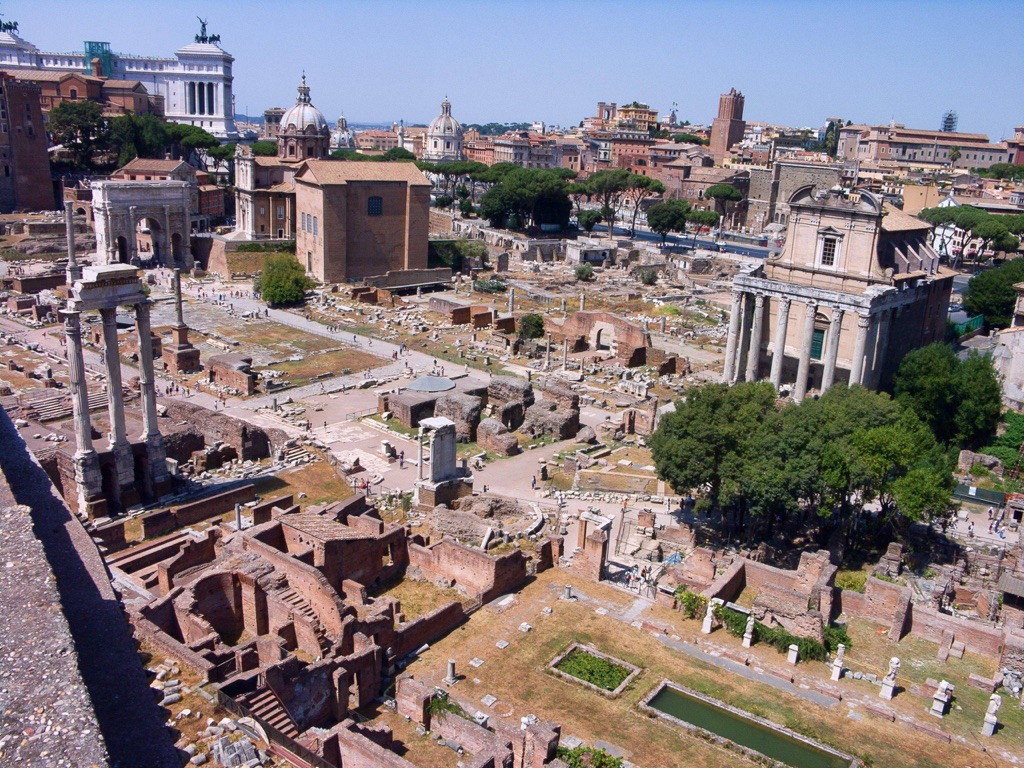
Architectural Highlights/About the Artifact
The Roman Forum is home to several architectural marvels. Among them is the Temple of Saturn, one of the Forum’s oldest temples, built in 497 BC. Its eight surviving columns stand as a testament to Rome’s architectural prowess.
Another notable structure is the Arch of Septimius Severus, built in 203 AD to commemorate the Roman victories over the Parthians. The arch is richly decorated with reliefs depicting scenes from these wars.
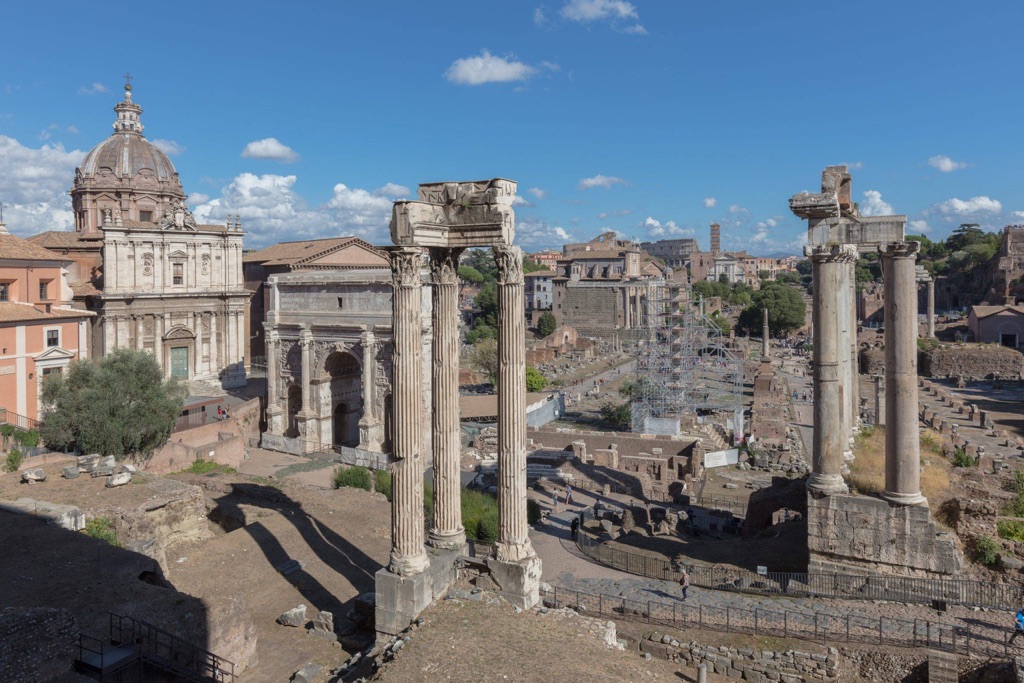
The Basilica of Maxentius and Constantine, the largest building in the Forum, is also worth mentioning. Despite being only partially preserved, its grandeur is still evident.
The Curia, or Senate House, was the seat of the Roman Senate. Though the current structure dates back to the reign of Diocletian (284-305 AD), it still gives an idea of the grandeur of the original building.
Lastly, the Rostra, the speaker’s platform, was a central feature of the Forum. From here, orators would address the public, making it a symbol of Rome’s democratic ideals.
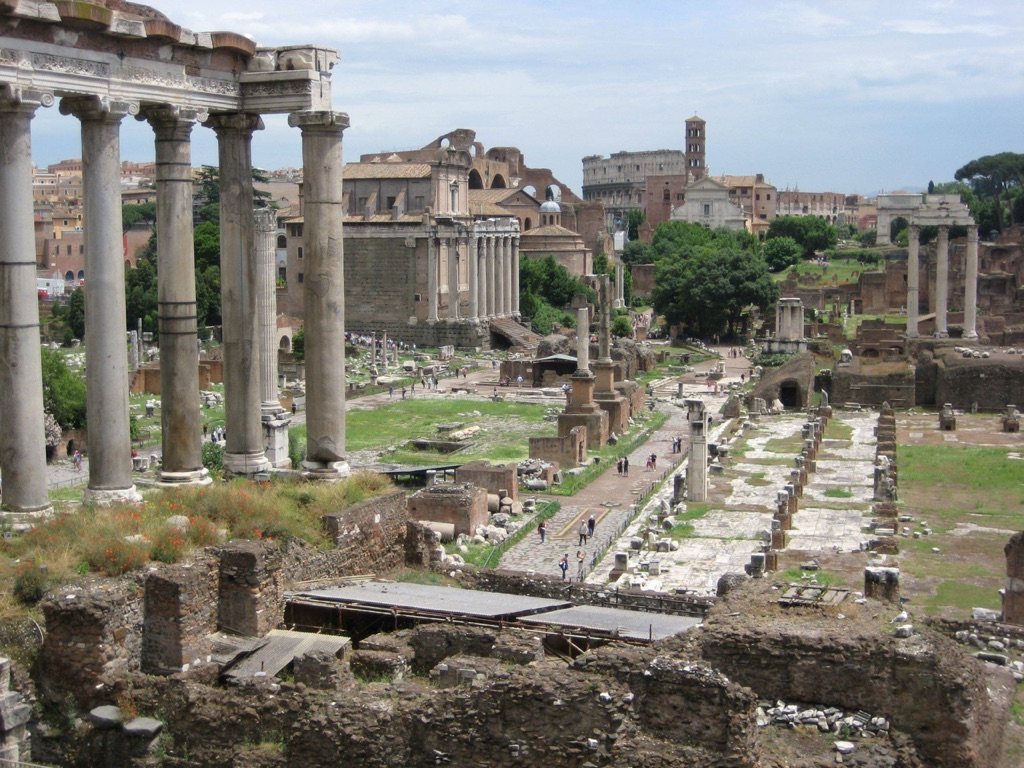
Theories and Interpretations
Interpretations of the Roman Forum have evolved over time. In the Middle Ages, it was known as the ‘Campo Vaccino’ (Cow Field), reflecting its then rural state. It wasn’t until the Renaissance that interest in the Forum revived, leading to the first rudimentary excavations.
Archaeologists initially believed that the Forum was a graveyard due to the numerous statues and inscriptions found. However, further research revealed its true nature as the heart of Roman public life.
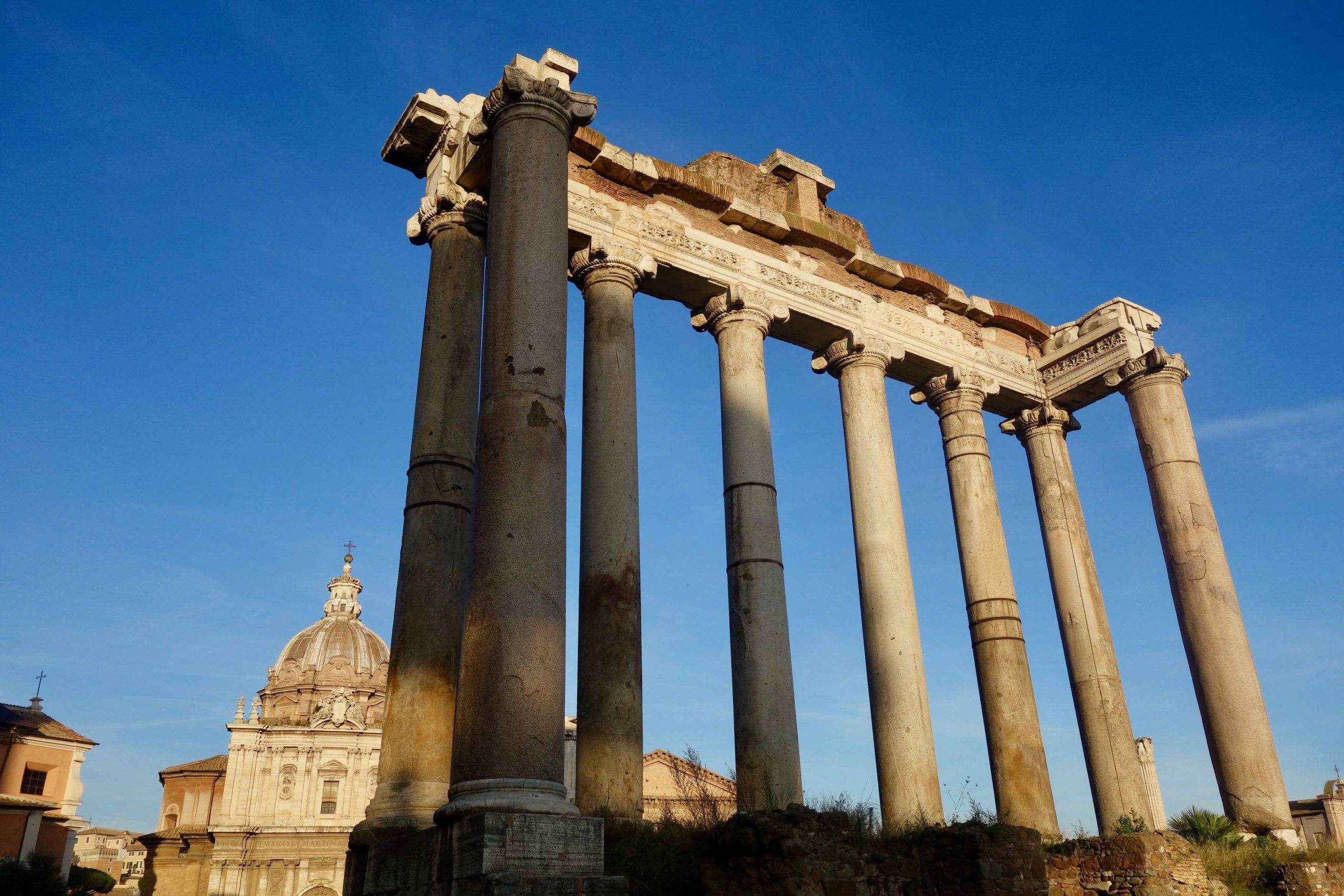
There are also theories about the exact layout of the Forum. Some suggest that it was meticulously planned, while others believe it grew organically over time. The truth likely lies somewhere in between, with some buildings being planned and others added as needed.
The Roman Forum’s ruins have also sparked debates about conservation. Some argue for preserving the ruins as they are, while others advocate for partial reconstruction to give visitors a better understanding of how the Forum once looked.
Regardless of these debates, the Roman Forum remains a potent symbol of Rome’s past, offering invaluable insights into the life and culture of the ancient Romans.
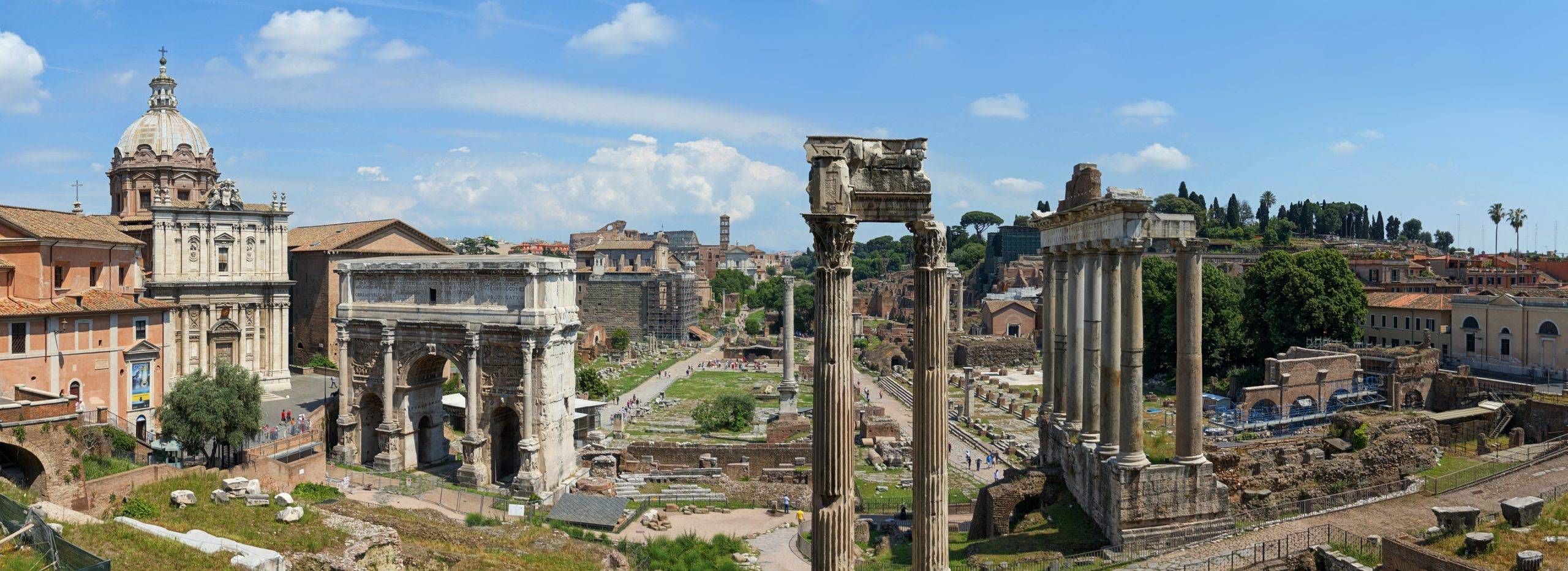
Good to know/Additional Information
The Roman Forum is open to the public and can be visited throughout the year. It’s advisable to wear comfortable shoes, as the site is vast and the terrain uneven. Guided tours are available, offering detailed insights into the Forum’s history and architecture.
Visitors should also note that the Roman Forum is part of the larger archaeological area that includes the Palatine Hill and the Colosseum. A combined ticket can be purchased for all three sites.
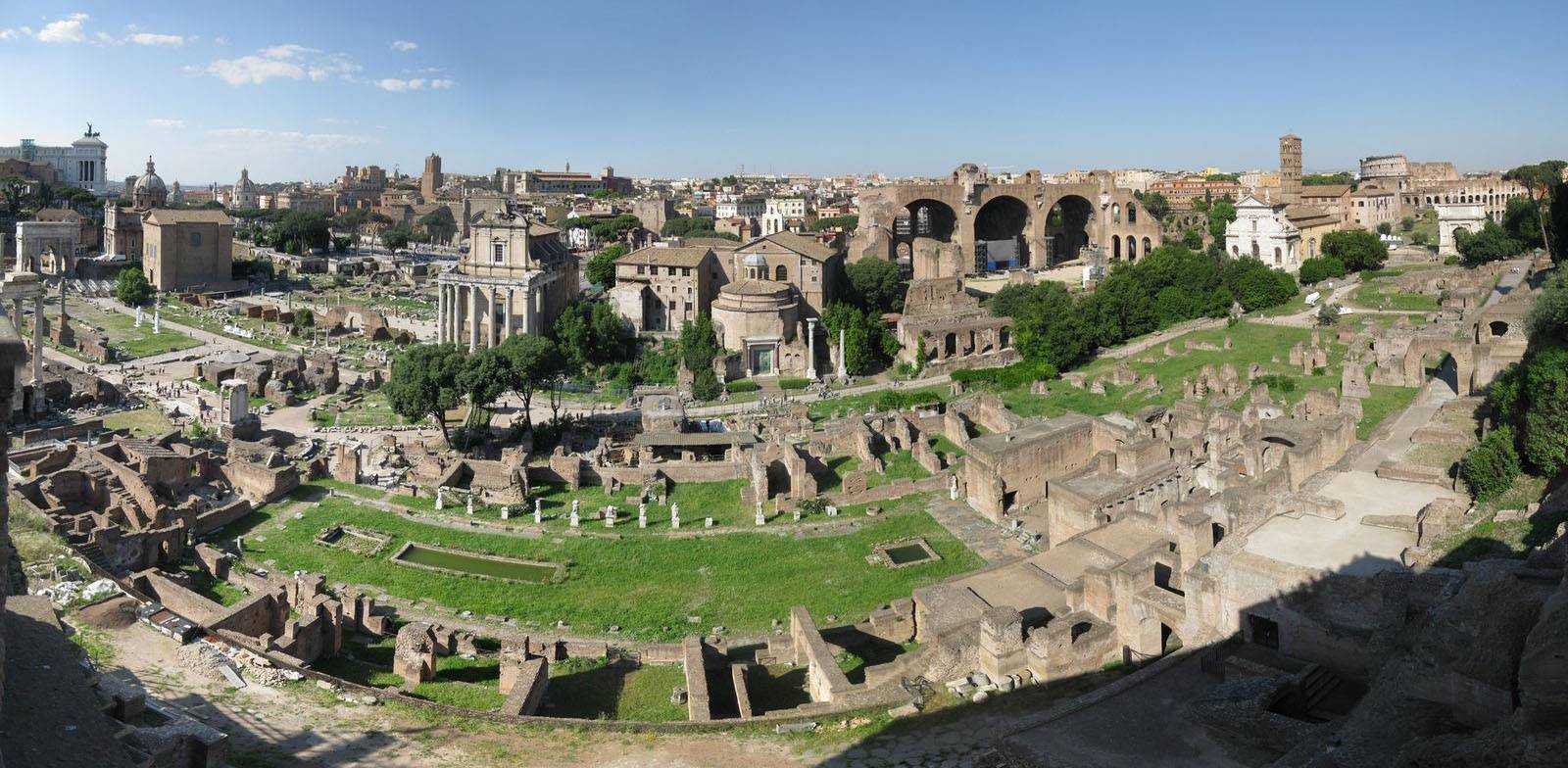
Additionally, the Forum is lit up at night, offering a different perspective of the ruins. Some parts of the Forum are also used for occasional concerts and theatrical performances, adding a modern twist to this ancient site.
Finally, it’s worth noting that the Roman Forum is not just a tourist site. It’s also an active archaeological site, with new discoveries being made regularly. This means that parts of the Forum may be closed off for excavations.
Despite these occasional inconveniences, a visit to the Roman Forum is a must for anyone interested in history, architecture, or simply the allure of ancient Rome.
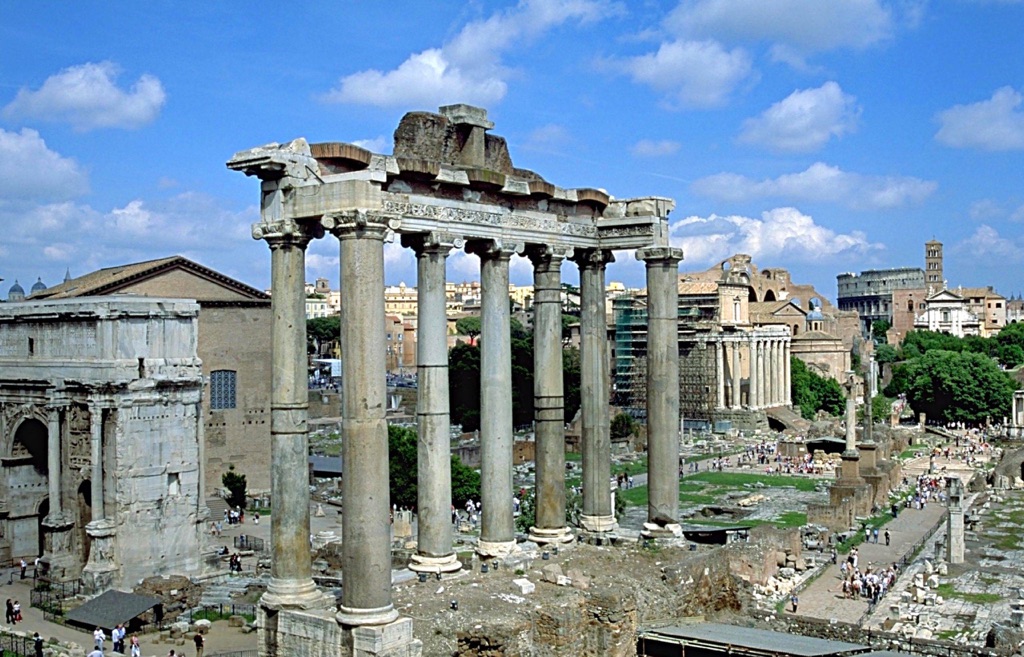
Conclusion and Sources
The Roman Forum is a captivating site that offers a unique glimpse into the past. It stands as a testament to the grandeur of the Roman Empire and its lasting impact on the world. Whether you’re a history buff, an architecture enthusiast, or just a curious traveller, the Roman Forum is sure to leave you in awe.
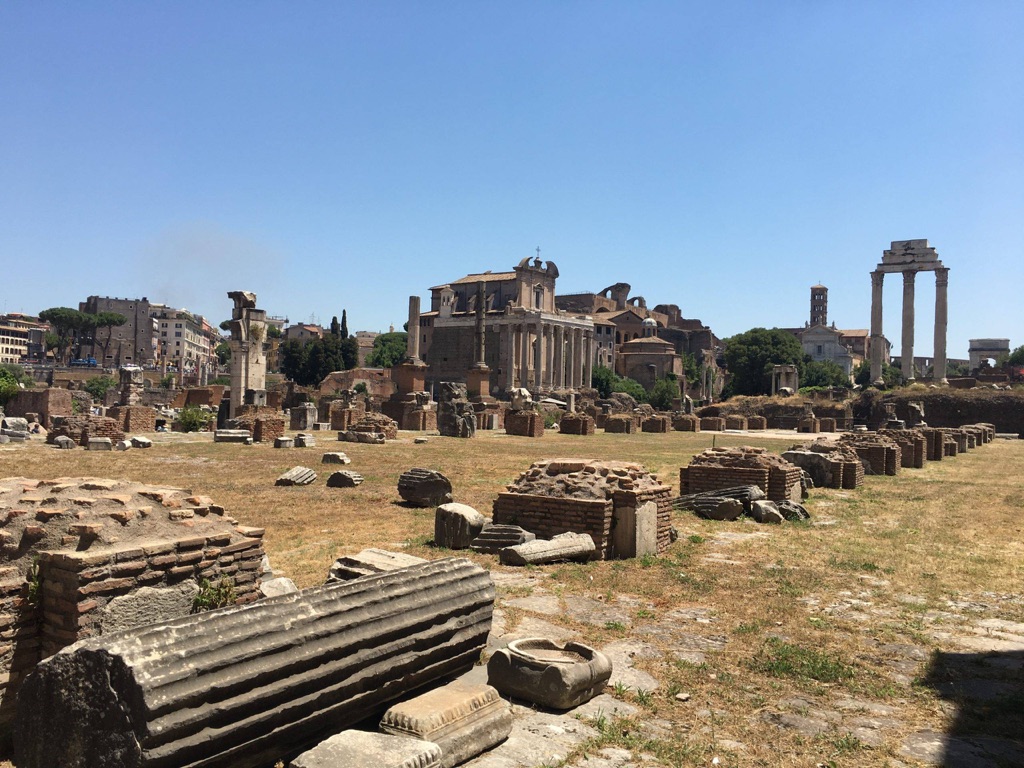
For further reading and information, here are some reputable sources:

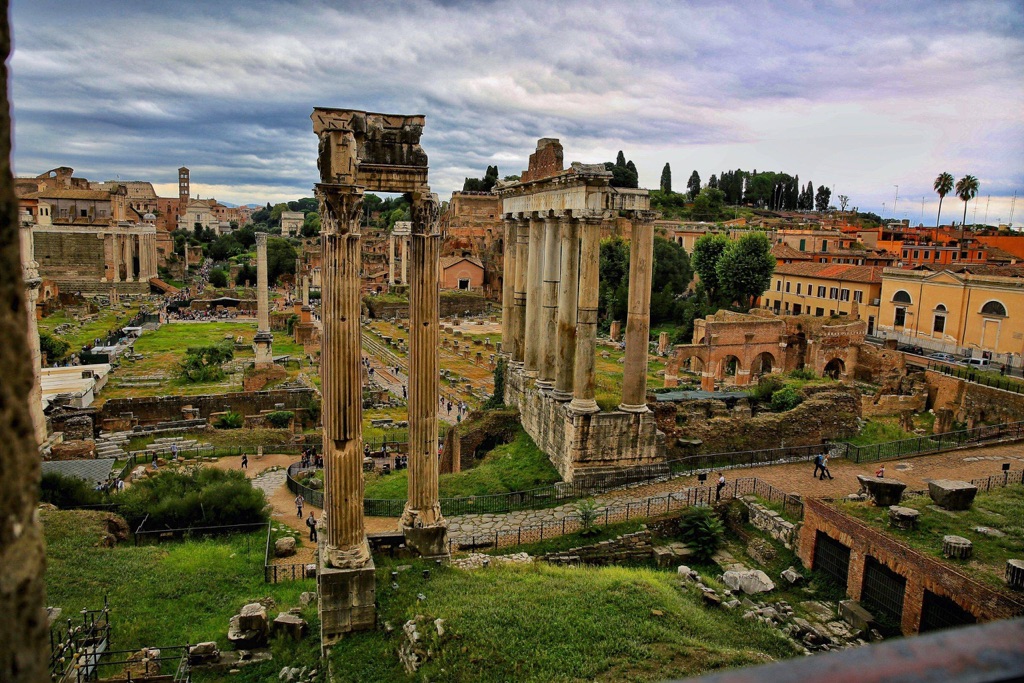
1 thought on “Roman Forum”